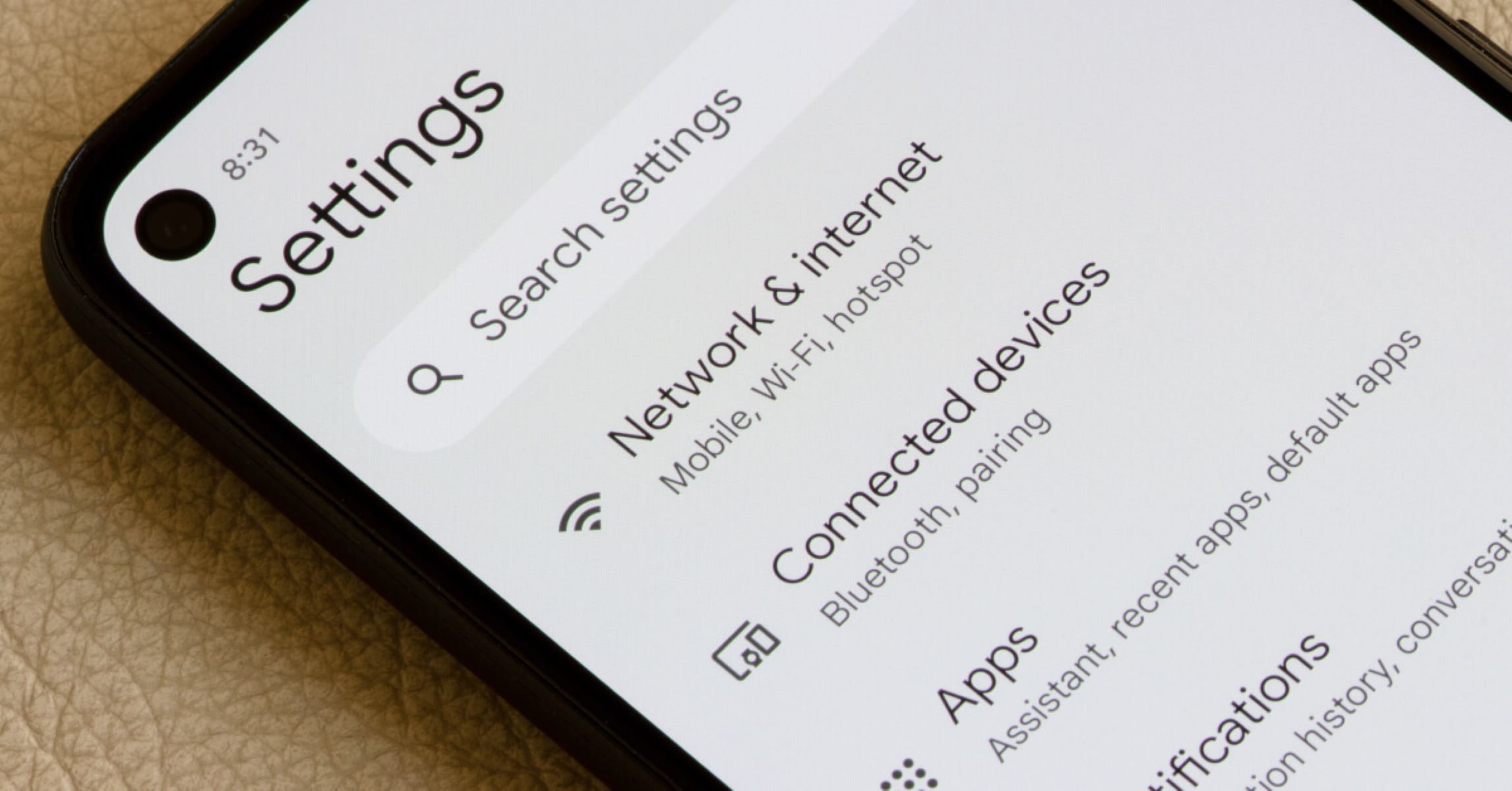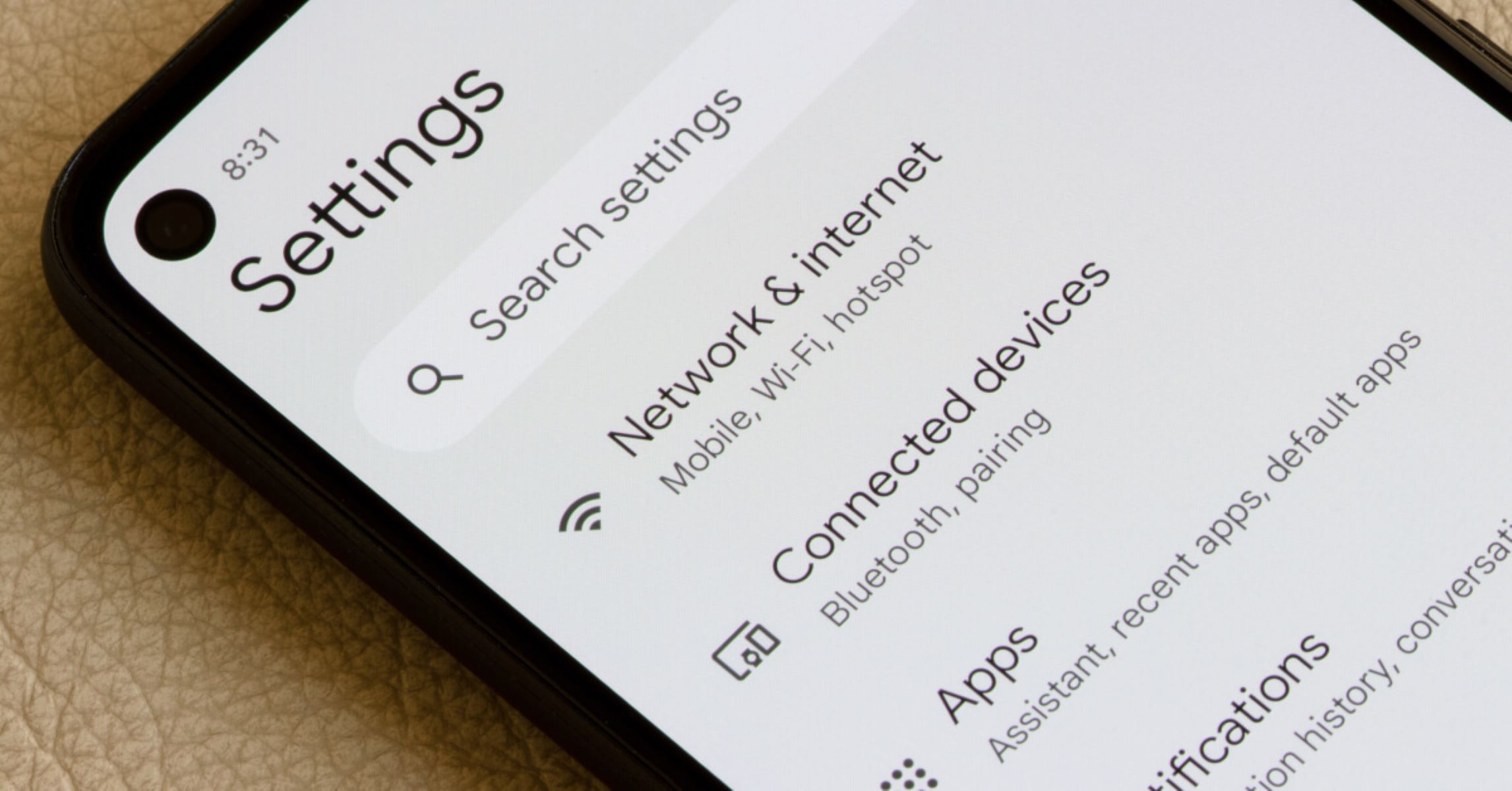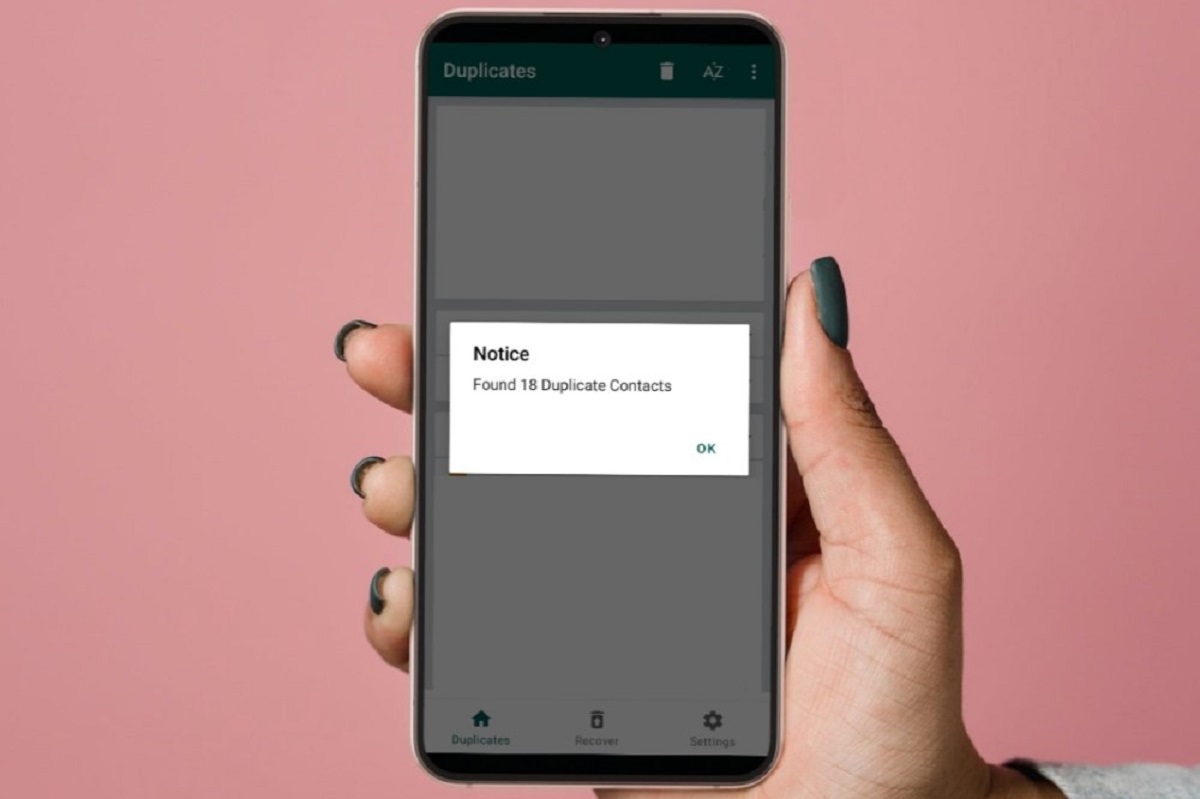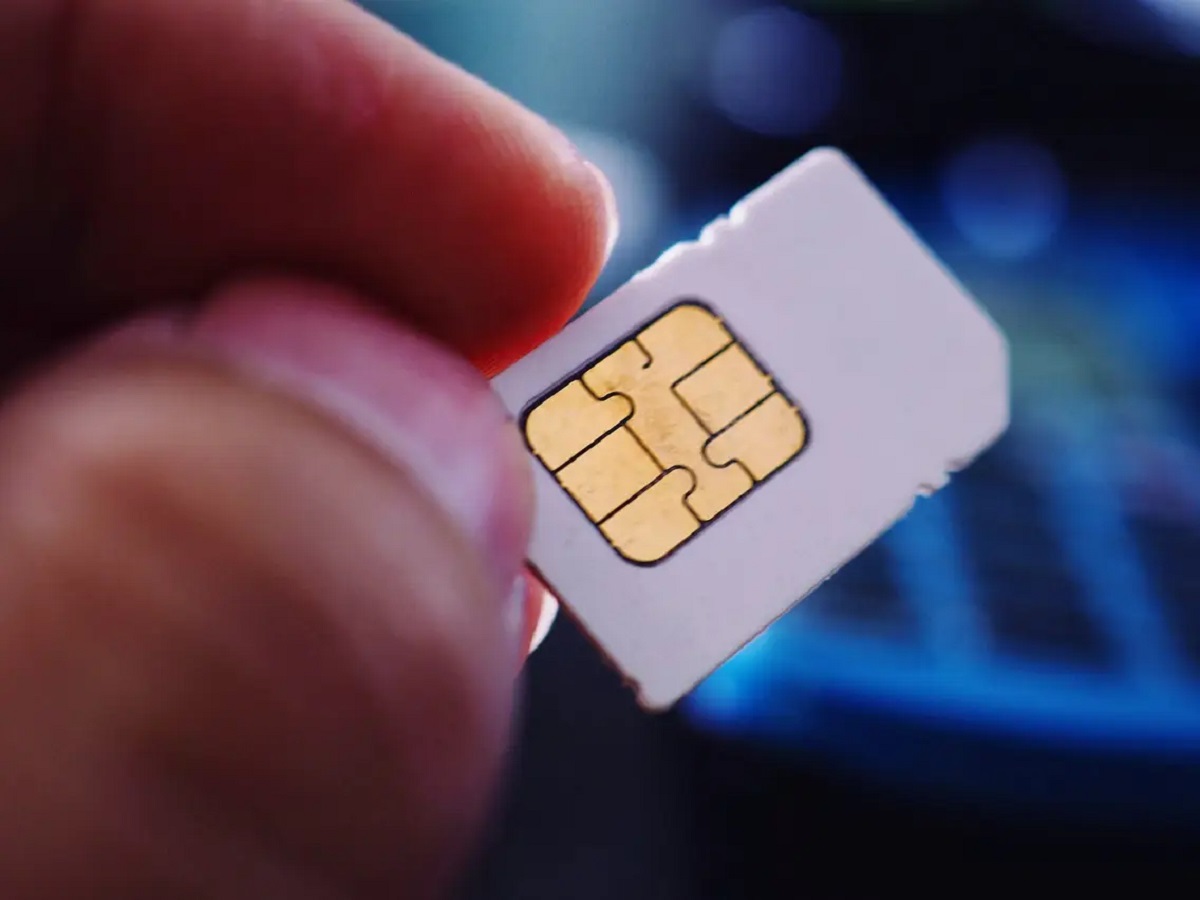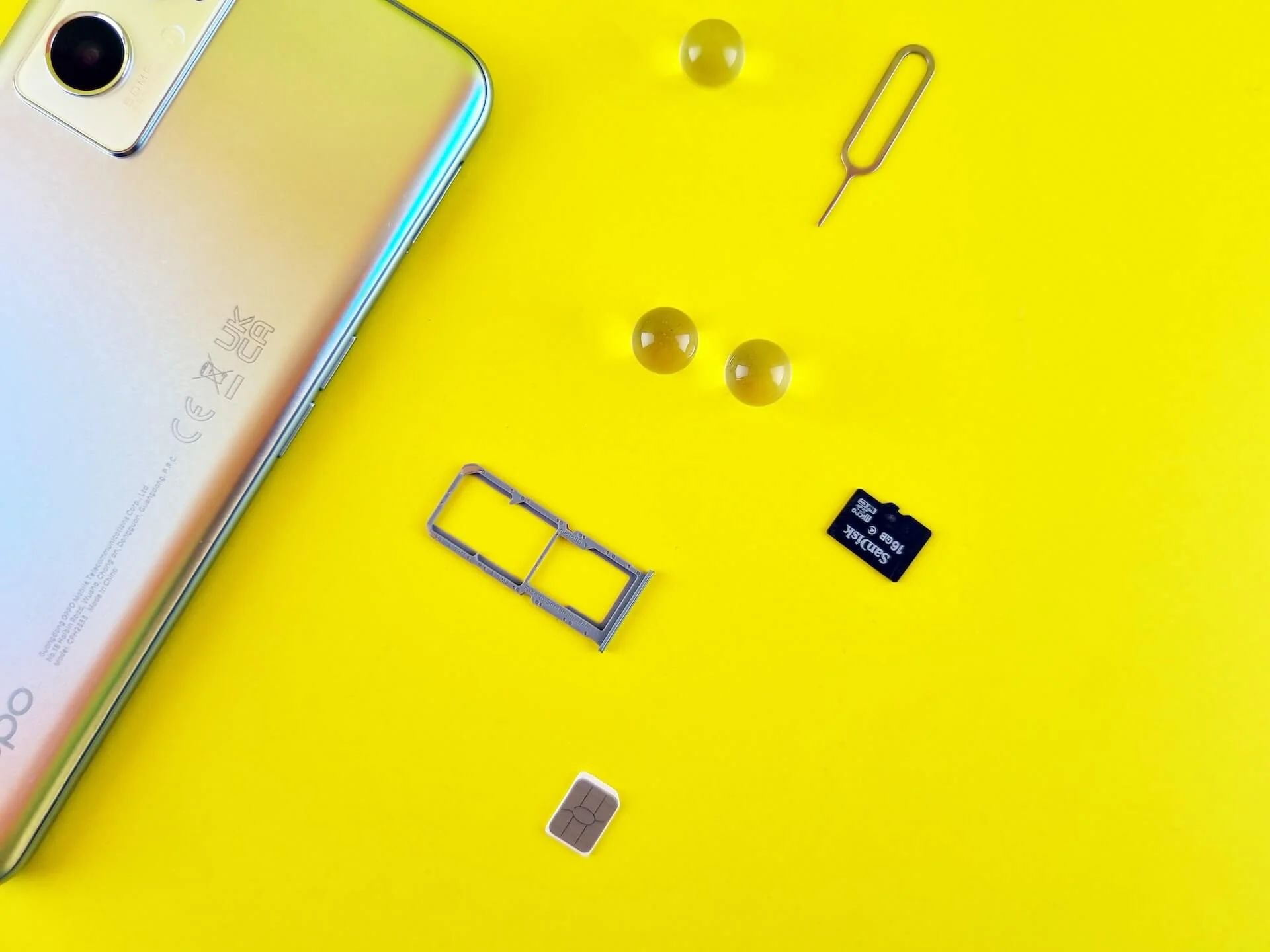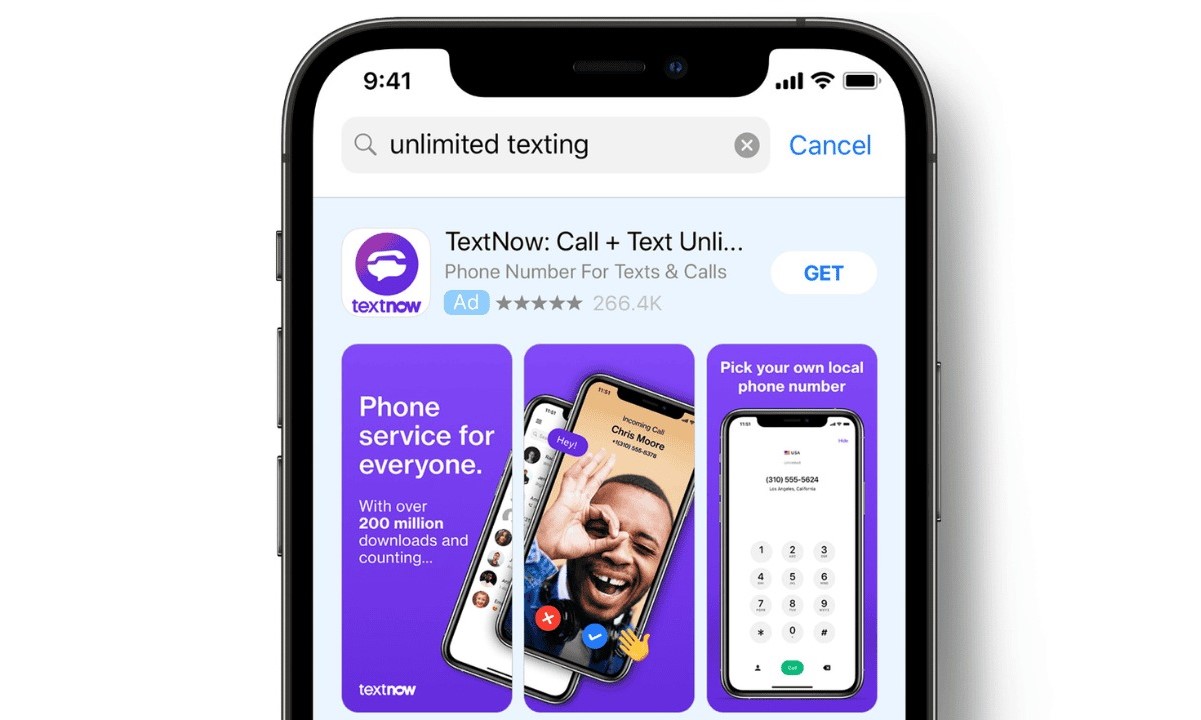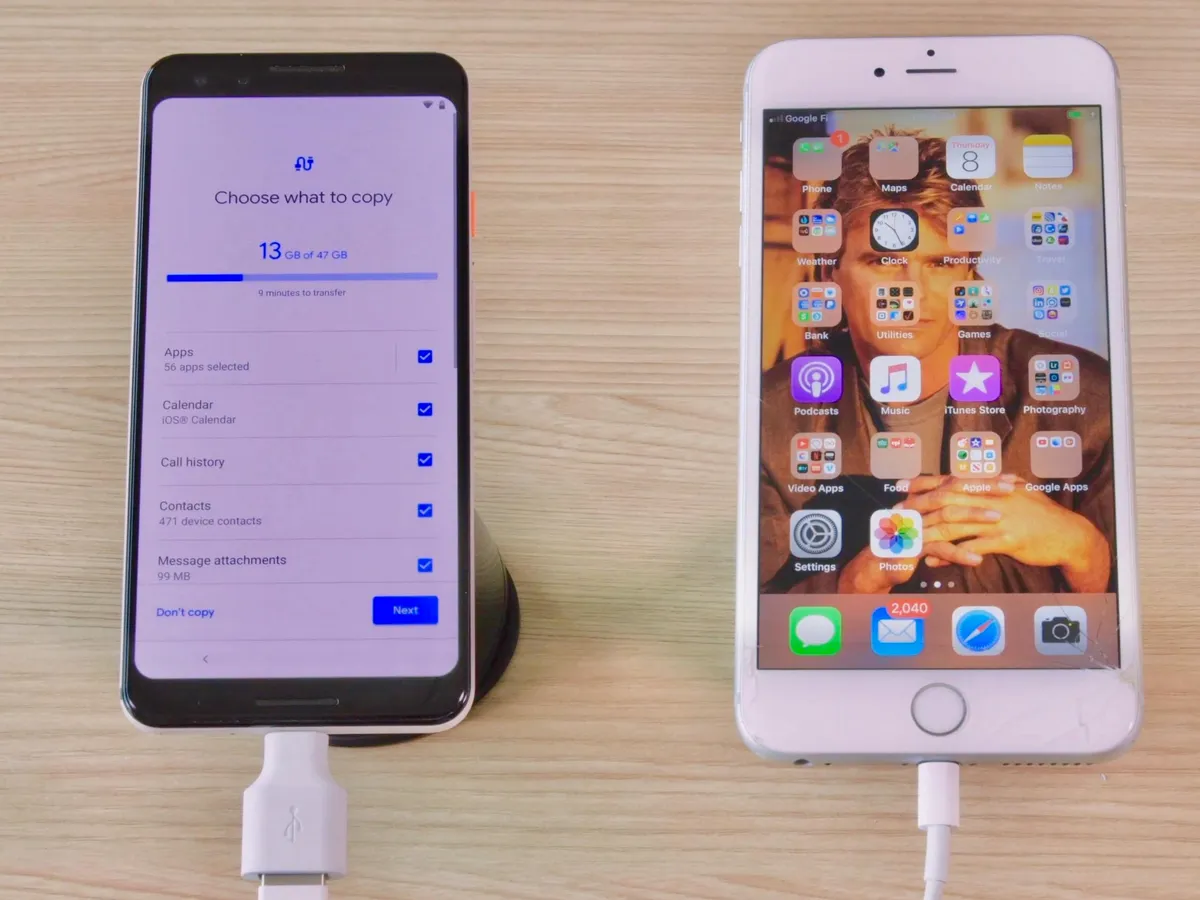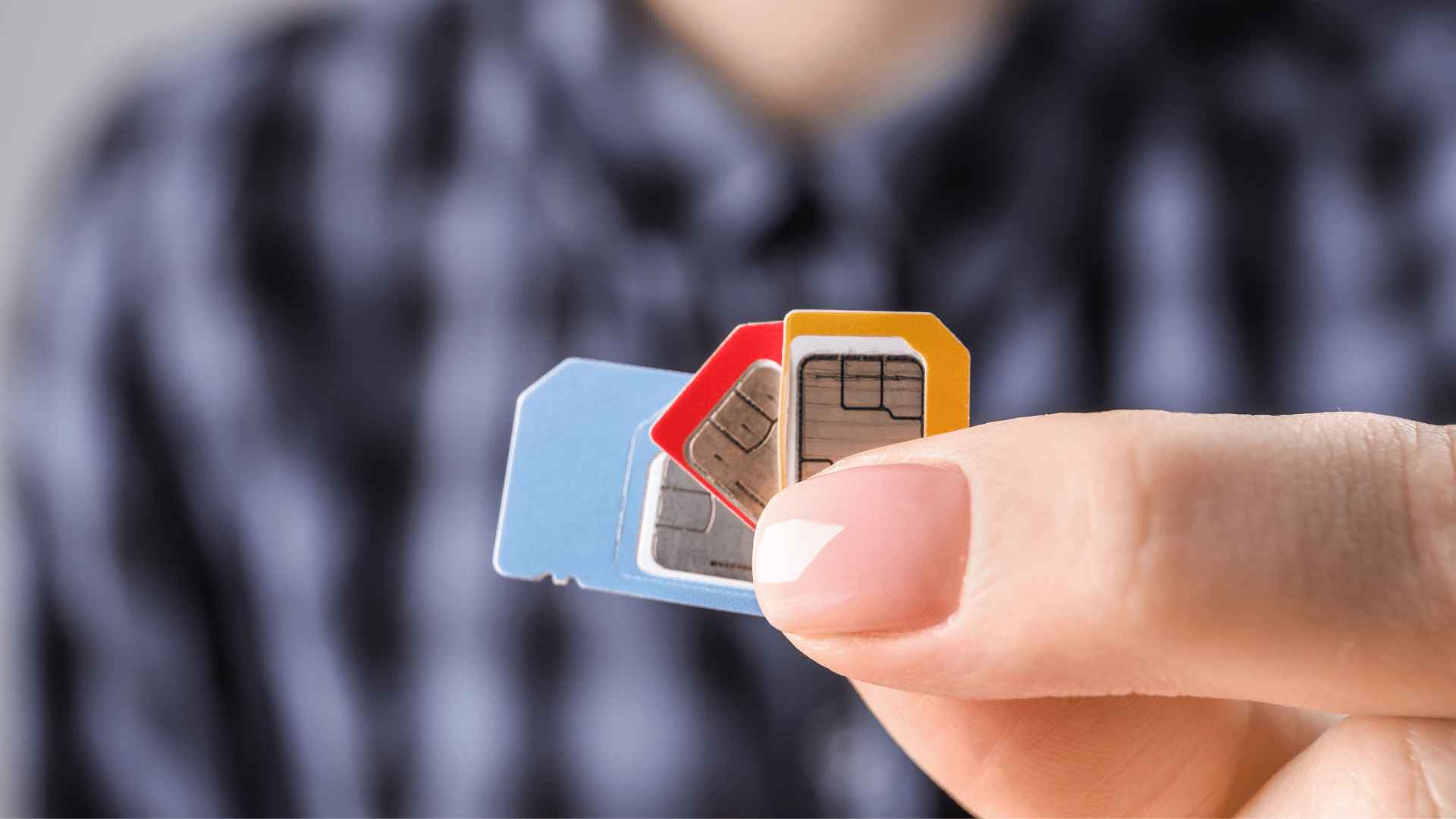Introduction
When it comes to mobile devices, the Subscriber Identity Module (SIM) card plays a crucial role in connecting your device to a cellular network. It holds unique information that identifies your device to the network, allowing you to make calls, send messages, and access mobile data. However, there are instances when you may need to retrieve the SIM card number for various reasons, such as activating a new SIM card, transferring service to a different device, or troubleshooting network connectivity issues.
In this comprehensive guide, we will explore multiple methods to find your SIM card number on an Android device. Whether you're a tech-savvy individual or a newcomer to the world of mobile devices, this guide is designed to provide you with clear, step-by-step instructions for locating your SIM card number. By following the methods outlined in this article, you will gain the knowledge and confidence to access this essential information whenever the need arises.
Understanding how to find your SIM card number is not only practical but also empowers you to take control of your mobile device. With the information readily available, you can seamlessly manage your cellular services, troubleshoot network-related issues, and ensure a smooth transition when upgrading to a new device. Whether you prefer navigating through your device's settings, using USSD codes, or physically inspecting the SIM card tray, this guide will equip you with the necessary skills to locate your SIM card number with ease.
As we delve into the various methods, remember that each approach is designed to cater to different preferences and situations. Whether you're at home, on the go, or faced with a situation where accessing the device's settings is not feasible, there's a method tailored to suit your needs. By the end of this guide, you will have a comprehensive understanding of how to locate your SIM card number on your Android device, empowering you to navigate the world of mobile connectivity with confidence and ease. Let's embark on this journey to uncover the essential knowledge that lies within your Android device.
Method 1: Using the Settings Menu
Accessing your SIM card number through the settings menu of your Android device is a straightforward and convenient method. This approach is ideal for individuals who prefer navigating through the device's interface to retrieve essential information. Follow these simple steps to locate your SIM card number:
-
Navigate to the Settings Menu: Begin by unlocking your Android device and locating the Settings app. The app's icon typically resembles a gear or cogwheel and is commonly found on the home screen or in the app drawer.
-
Select 'About Phone' or 'About Device': Once you have accessed the Settings menu, scroll down and look for the option labeled 'About Phone' or 'About Device.' This option contains detailed information about your device, including the SIM card details.
-
Locate 'Status' or 'Phone Identity': Within the 'About Phone' or 'About Device' section, you will find various categories of information. Look for the 'Status' or 'Phone Identity' category, where details regarding your SIM card, including the SIM card number, are typically displayed.
-
Retrieve the SIM Card Number: Upon selecting the 'Status' or 'Phone Identity' category, you will find your SIM card number listed among the details. It is usually labeled as 'SIM Card Number' or 'ICCID.' Take note of this unique number, as it serves as the identifier for your SIM card.
By following these steps, you can easily retrieve your SIM card number through the settings menu of your Android device. This method provides a convenient way to access essential information without the need for additional tools or external assistance. Whether you require the SIM card number for activating a new SIM card or troubleshooting network-related issues, navigating through the settings menu offers a seamless and user-friendly approach to retrieve this vital information. With your SIM card number readily available, you can confidently manage your cellular services and ensure a smooth transition when upgrading to a new device.
Method 2: Dialing a USSD Code
Dialing a USSD (Unstructured Supplementary Service Data) code is an efficient and convenient method to retrieve your SIM card number on an Android device. This approach is particularly useful when accessing the device's settings menu is not feasible or when you prefer a quick and direct method to obtain essential information. By simply entering a specific code into your device's dialer, you can effortlessly access your SIM card number. Follow these straightforward steps to retrieve your SIM card number using a USSD code:
-
Access the Phone Dialer: Begin by unlocking your Android device and accessing the phone dialer app. This app is commonly represented by an icon resembling a telephone receiver and is typically found on the home screen or in the app drawer.
-
Enter the USSD Code: In the phone dialer, enter the USSD code designated for retrieving SIM card information. The specific code may vary depending on your cellular service provider. A commonly used USSD code for this purpose is *#100#.
-
Initiate the Call: After entering the USSD code, simply initiate the call by tapping the call button or the dial icon. Upon doing so, the USSD code will be executed, and you will receive a response containing detailed information about your SIM card, including the SIM card number.
-
Retrieve the SIM Card Number: Following the execution of the USSD code, a pop-up or notification will display the SIM card details, including the SIM card number. Take note of this unique number, as it serves as the identifier for your SIM card.
By following these steps, you can efficiently retrieve your SIM card number by dialing a USSD code on your Android device. This method offers a quick and direct approach to access essential information, making it particularly convenient for individuals who prefer a straightforward method or find themselves in situations where accessing the device's settings menu is not feasible. Whether you require the SIM card number for activating a new SIM card or troubleshooting network-related issues, dialing a USSD code provides a seamless and efficient way to obtain this vital information. With your SIM card number readily available, you can confidently manage your cellular services and ensure a smooth transition when upgrading to a new device.
Method 3: Checking the SIM Card Tray
Another method to find your SIM card number on an Android device involves physically inspecting the SIM card tray. This approach is particularly useful when you need to retrieve the SIM card number and do not have immediate access to the device's settings or dialer. By examining the SIM card tray, you can easily locate the SIM card number without the need for additional tools or technical expertise.
To check the SIM card tray for the SIM card number, follow these simple steps:
-
Locate the SIM Card Tray: Begin by identifying the location of the SIM card tray on your Android device. The SIM card tray is typically located on the side of the device, although the specific placement may vary depending on the device model. Look for a small pinhole or slot that indicates the presence of the SIM card tray.
-
Eject the SIM Card Tray: Once you have located the SIM card tray, use the provided SIM card ejector tool or a small paperclip to gently press into the pinhole or slot. This action will release the SIM card tray from the device, allowing you to access the SIM card and its associated details.
-
Inspect the SIM Card: Carefully remove the SIM card from the tray and examine the surface for the SIM card number. The SIM card number is typically printed on the SIM card itself, often accompanied by other relevant information such as the ICCID (Integrated Circuit Card Identifier) and the SIM card serial number.
-
Note the SIM Card Number: Upon locating the SIM card number on the SIM card, take note of the unique identifier. This number serves as a crucial piece of information for identifying your SIM card and is essential for various purposes, including activation, troubleshooting, and service transfers.
By checking the SIM card tray, you can effortlessly retrieve the SIM card number directly from the SIM card itself. This method offers a tangible and hands-on approach to accessing essential information, making it particularly convenient for individuals who prefer a physical inspection or find themselves in situations where accessing the device's settings or dialer is not feasible.
Whether you need to activate a new SIM card, transfer services to a different device, or simply verify the SIM card number, inspecting the SIM card tray provides a straightforward and practical way to obtain this vital information. With the SIM card number readily available, you can confidently manage your cellular services and ensure seamless connectivity on your Android device.
Method 4: Using a SIM Card Ejector Tool
When it comes to accessing the SIM card number on an Android device, using a SIM card ejector tool presents a practical and hands-on method. This approach is particularly useful in situations where accessing the device's settings or dialing a USSD code may not be feasible, or when you prefer a physical means of retrieving essential information. By utilizing a SIM card ejector tool, you can effortlessly access the SIM card tray and inspect the SIM card to retrieve the vital SIM card number.
To utilize a SIM card ejector tool to retrieve your SIM card number, follow these simple steps:
-
Locate the SIM Card Tray: Begin by identifying the location of the SIM card tray on your Android device. The SIM card tray is commonly situated on the side of the device and is indicated by a small pinhole or slot. Ensure that you have the SIM card ejector tool readily available for the next step.
-
Prepare the SIM Card Ejector Tool: Take the SIM card ejector tool, a small metal pin or tool that is often provided with the device or can be obtained separately, and ensure that it is clean and free from any obstructions. The SIM card ejector tool is designed to safely eject the SIM card tray from the device.
-
Eject the SIM Card Tray: Insert the pointed end of the SIM card ejector tool into the pinhole or slot on the SIM card tray. Apply gentle pressure to release the SIM card tray from the device. Once the tray is partially ejected, carefully remove it from the device to access the SIM card.
-
Inspect the SIM Card: Upon removing the SIM card tray, carefully take out the SIM card and examine its surface for the SIM card number. The SIM card number is typically printed on the SIM card itself, alongside other relevant information such as the ICCID and the SIM card serial number.
-
Note the SIM Card Number: Upon locating the SIM card number on the SIM card, take note of this unique identifier. The SIM card number serves as a crucial piece of information for identifying your SIM card and is essential for various purposes, including activation, troubleshooting, and service transfers.
By utilizing a SIM card ejector tool, you can seamlessly retrieve the SIM card number directly from the SIM card itself. This method offers a tangible and practical approach to accessing essential information, making it particularly convenient for individuals who prefer a hands-on inspection or find themselves in situations where alternative methods are not feasible.
Whether you need to activate a new SIM card, transfer services to a different device, or simply verify the SIM card number, using a SIM card ejector tool provides a straightforward and effective way to obtain this vital information. With the SIM card number readily available, you can confidently manage your cellular services and ensure seamless connectivity on your Android device.
Conclusion
In conclusion, the ability to locate your SIM card number on an Android device is a fundamental skill that empowers you to manage your cellular services with confidence and ease. Throughout this comprehensive guide, we have explored multiple methods to retrieve the SIM card number, catering to various preferences and situations. Whether you prefer navigating through the device's settings, dialing a USSD code, or physically inspecting the SIM card tray, each method offers a practical and user-friendly approach to access this essential information.
By familiarizing yourself with these methods, you have gained the knowledge and skills to retrieve your SIM card number whenever the need arises. Understanding how to locate this vital identifier not only facilitates the activation of new SIM cards and troubleshooting network-related issues but also ensures a smooth transition when upgrading to a new device.
The method of using the settings menu provides a convenient and familiar interface for accessing the SIM card number, making it suitable for individuals who prefer navigating through the device's settings. On the other hand, dialing a USSD code offers a quick and direct approach, ideal for situations where accessing the settings menu may not be feasible. Additionally, physically inspecting the SIM card tray and utilizing a SIM card ejector tool present tangible and hands-on methods, providing practical solutions for retrieving the SIM card number.
With the SIM card number readily available, you are equipped to take control of your mobile connectivity, enabling you to activate new SIM cards, transfer services to different devices, and troubleshoot network-related issues with confidence. This knowledge enhances your ability to seamlessly manage your cellular services, ensuring uninterrupted connectivity and a smooth transition when upgrading to a new Android device.
As technology continues to evolve, the knowledge and skills acquired from this guide will remain valuable, empowering you to navigate the dynamic landscape of mobile connectivity with confidence and ease. By understanding the various methods to retrieve your SIM card number, you have unlocked the potential to harness the full capabilities of your Android device, ensuring a seamless and efficient mobile experience.
In essence, the ability to locate your SIM card number is not only practical but also essential for optimizing your mobile connectivity. By mastering these methods, you have taken a significant step towards maximizing the potential of your Android device and embracing the opportunities that mobile connectivity has to offer.







